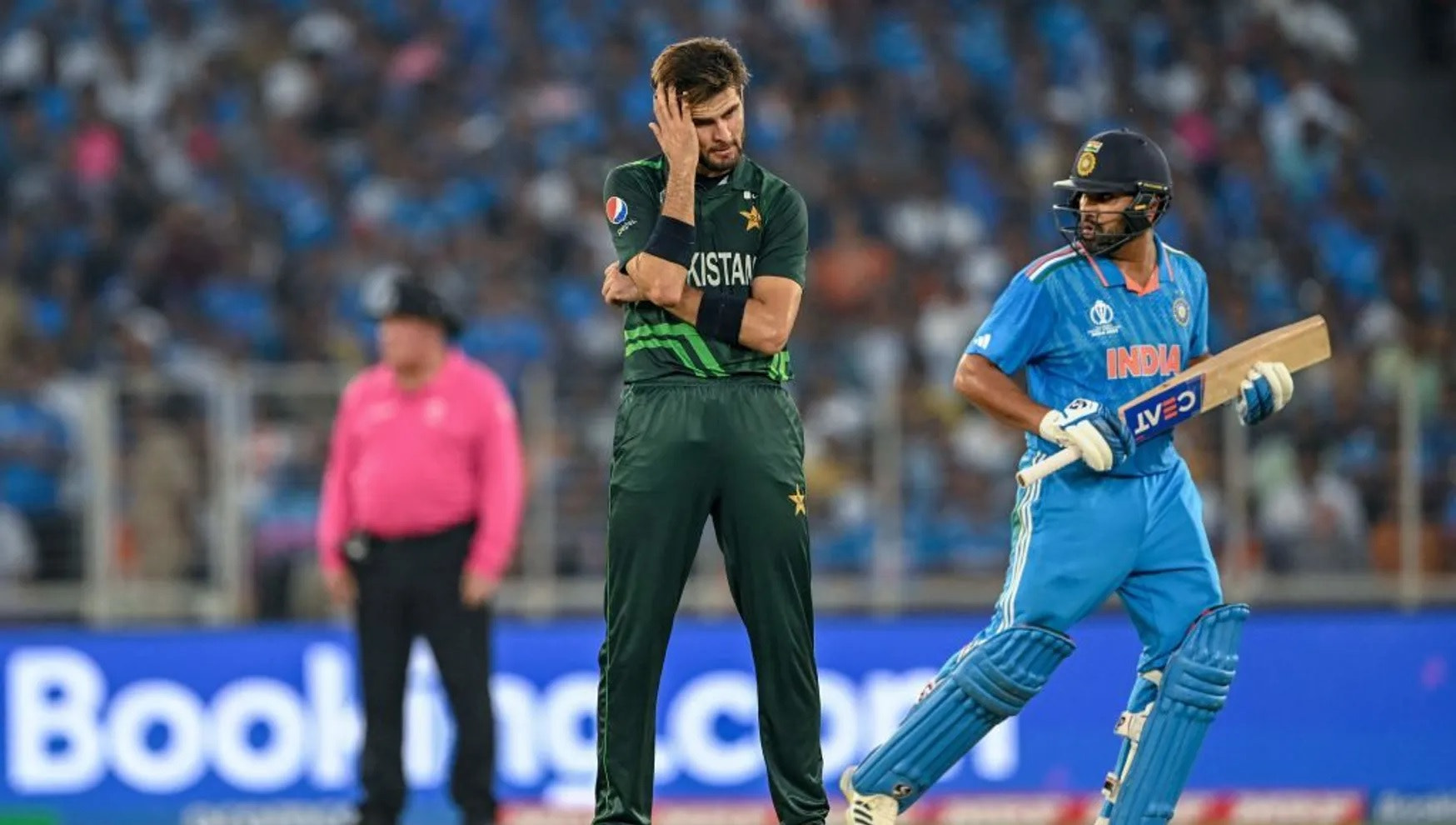Abstract: With the ICC World Cup being one of the most prestigious tournaments in international cricket, the upcoming 2023 edition promises to be a landmark event. This scientific article delves into various aspects of the ICC World Cup 2023, including its significance for the future of cricket, its impact on player performance, technological advancements, and sustainability initiatives. 1. Introduction: An Olympic-sized Ambition The ICC World Cup has been instrumental in shaping the trajectory of cricket as a global sport.
The 2023 edition aims to heighten the sport’s popularity and influence, with the long-standing aspiration of including cricket in the Olympic Games. This article explores the potential impacts of this endeavor. 2. Player Performance and Preparation: 2.1 Fitness and Conditioning To excel in a tournament of this magnitude, players must be at the peak of their physical fitness. We examine the evolving training methodologies and advancements in sports science that enhance players’ strength, agility, and endurance.
2.2 Mental Well-being The pressure of performing on a global stage can be immense, leading to increased focus on the mental well-being of players. This section evaluates the strategies employed to optimize players’ mental health, ranging from meditation and mindfulness techniques to counseling support. 3. Technological Advancements: 3.1 Umpiring Technology The 2023 World Cup will showcase the latest advancements in umpiring technology, including the Decision Review System (DRS), ball-tracking technologies, and AI-assisted decision-making tools.

4. Sustainable Practices: 4.1 Green Stadiums The World Cup organizers recognize the importance of sustainability and environmental responsibility. This section examines initiatives such as rainwater harvesting, efficient waste management, renewable energy adoption, and environmentally friendly construction practices employed in the design and operation of stadiums. 4.2 Carbon Footprint Reduction The tournament’s impact on the environment extends beyond stadium operations.
We explore efforts to minimize carbon emissions associated with travel, logistics, and spectator attendance, highlighting the implementation of eco-friendly transportation options and carbon offset programs. 5. Regional Development and Outreach: 5.1 Talent Hunt Programs Identifying and nurturing young talent is crucial for the future growth of the sport. This section explores initiatives and talent hunt programs aimed at discovering promising cricketers from different regions, providing them with opportunities to train and compete at the highest level.
5.2 Grassroots Development Cricket’s expansion relies on robust grassroots development programs. We discuss initiatives undertaken by the ICC, national cricket boards, and partner organizations to foster the sport’s growth at the grassroots, promoting inclusivity, gender equality, and accessibility. 6. Conclusion: Paving the Path for Cricket’s Future The ICC World Cup 2023 represents an important chapter in the sport’s history, embodying aspirations for continued growth, innovation, and sustainability.
As the tournament nears, addressing the multifaceted aspects of player preparation, technological advancements, sustainable practices, and regional development will lay the groundwork for a successful future for cricket.
